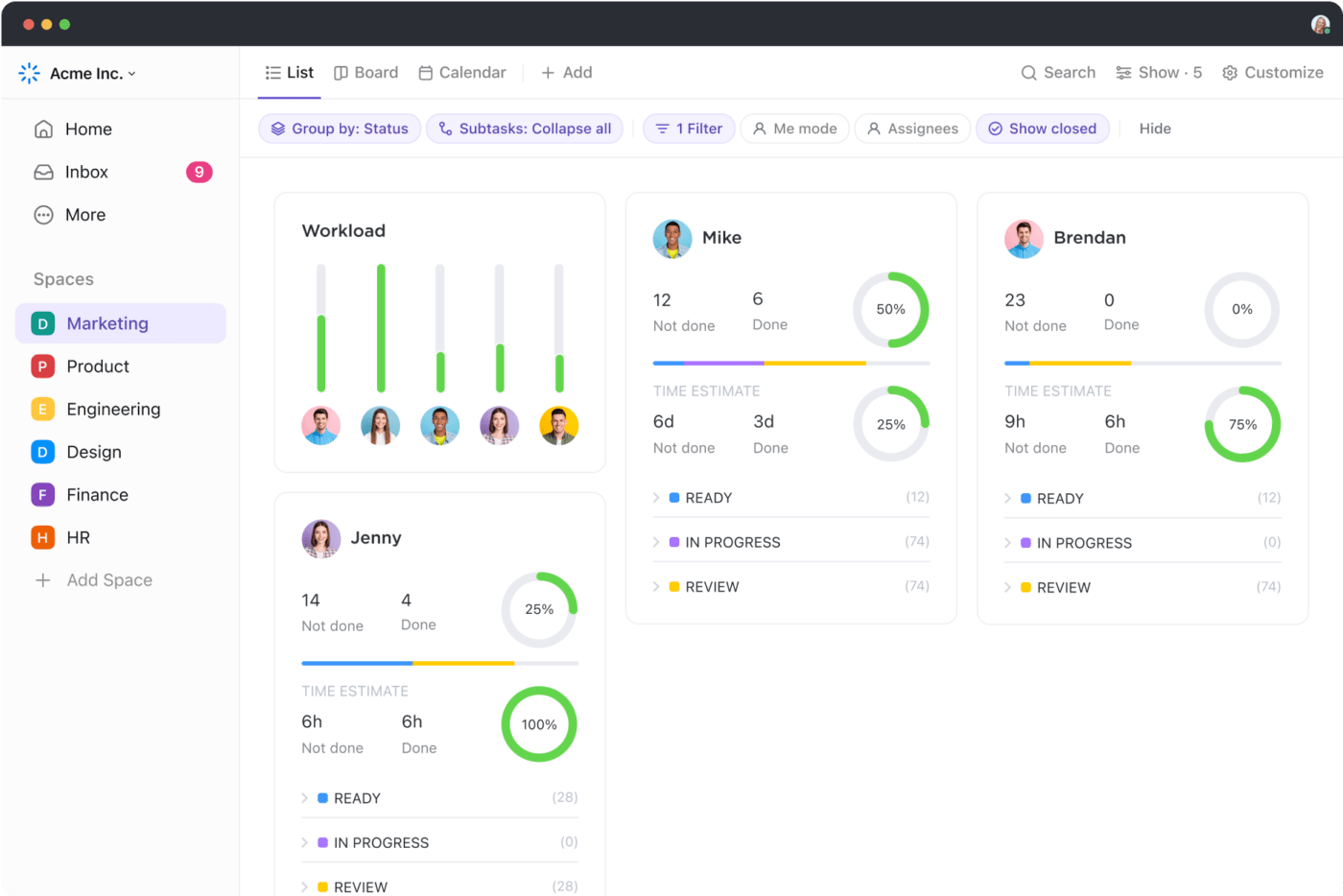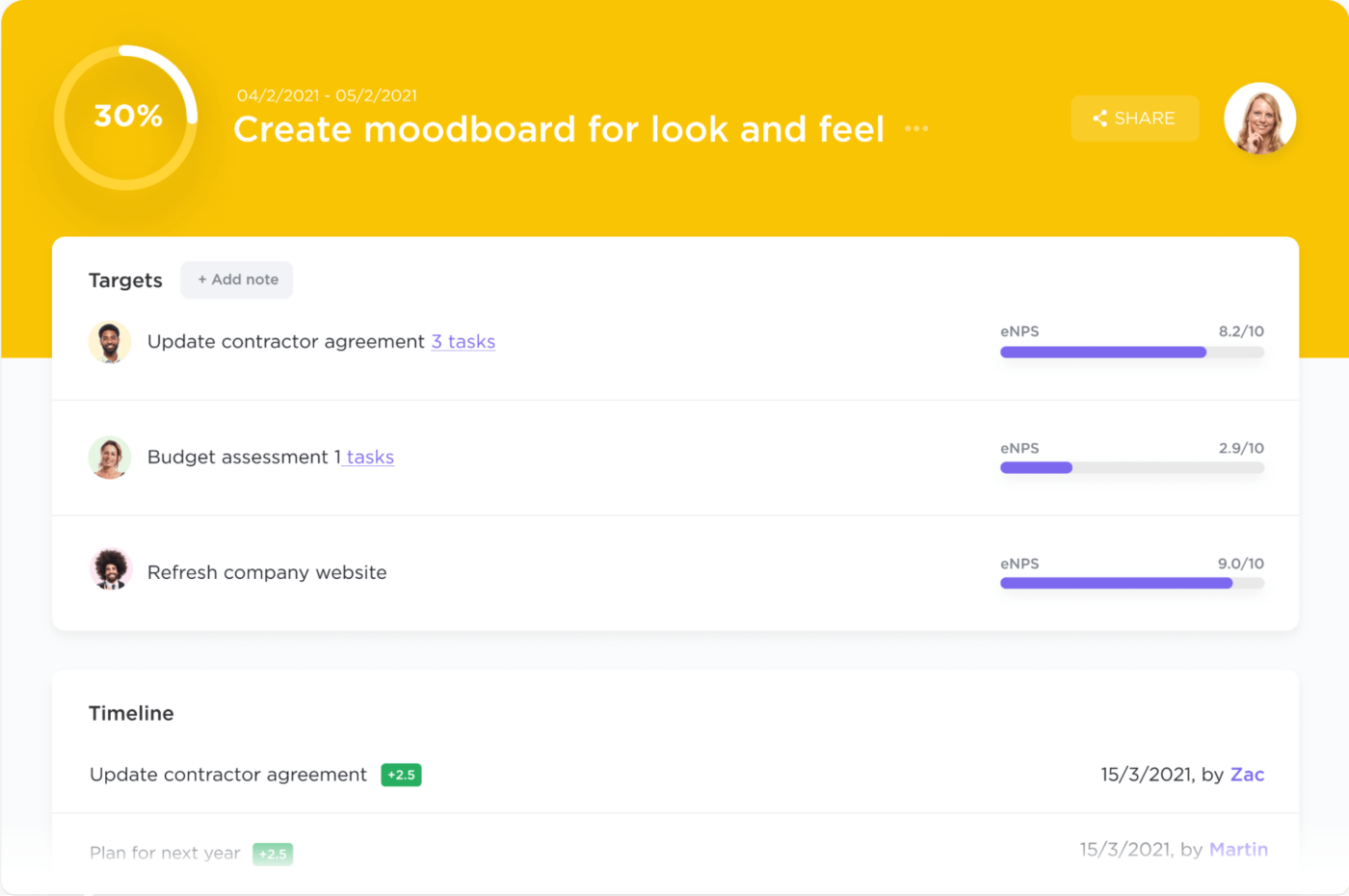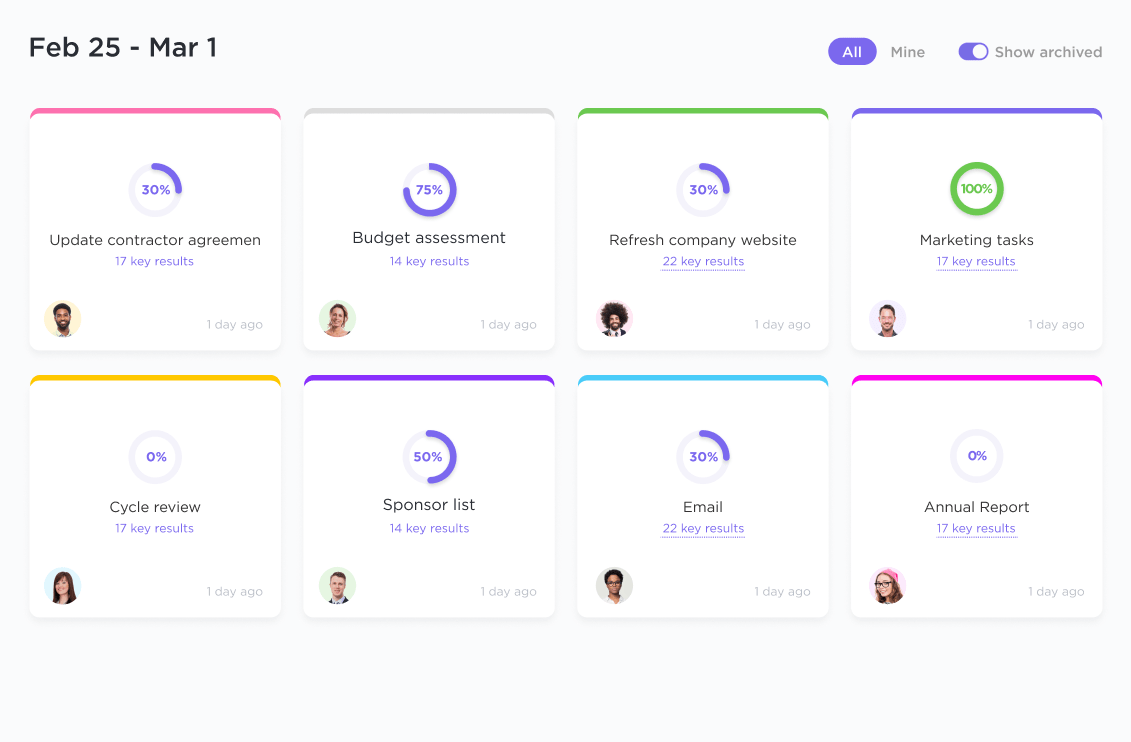How to Use Stack Ranking to Track Employee Performance

Sorry, there were no results found for “”
Sorry, there were no results found for “”
Sorry, there were no results found for “”
Many Millennial and Gen X employees in corporate organizations would have undergone an annual performance review at some point in time and might be familiar with the dreaded ‘bell curve.’
We are talking, of course, about stack ranking for employee performance evaluation. Many people also call it forced ranking or forced distribution.
This employee evaluation method ranks each employee into one of three or more categories based on their performance. Jack Welch, CEO of General Electric in 1980, pioneered this method that was widely used at one time.
However, this performance management system has proven to harm employee morale in the modern workforce.
While it offers a straightforward way to distinguish the top performers from the others in different teams, stack ranking can also foster a competitive culture and undermine collaboration. Multiple surveys of HR and business leaders have shown that most organizations no longer consider stack ranking beneficial. Most corporates have dropped this approach to performance measurement and adopted more modern performance management strategies.
In this blog, we will explain stack ranking and its potential pitfalls and benefits. We’ll also tell you about alternate systems for managing employee performance. Let’s begin!
Stack ranking, also known as forced ranking, is a performance management system that evaluates and ranks employees against one another within a particular group, team, or organization. This method is based on the principle that a certain percentage of employees will be designated high performers, while others will be labeled average or low performers.
GE CEO Jack Welch advocated this controversial approach, where 10-20% of the organization’s employees fall under the high-performing employees, while another fixed percentage (around 10%) are identified as underperformers. Underperformers are often placed on probation or a performance improvement plan or laid off. He named this ‘differentiation,’ but critics often call the practice the ‘rank and yank’ methodology.
The remaining 70% of employees are labeled as ‘vital’ employees or those who perform adequately or reliably. These employees may not get a promotion or reward but will continue within the organization in the same job roles.
This process typically involves the following steps:

Since it utilizes a bell curve distribution to categorize employees, it is also known as the vitality curve method. The top of the curve represents high performers, the middle section encompasses average performers, and the bottom portion identifies poor performers.
While stack ranking has its pros and cons, there are certain situations where it can be a beneficial performance management tool if implemented correctly. Stack ranking for employee performance management can be the ideal situation if:
If you fit this criteria and plan to use stack ranking, ensure you can track performance metrics correctly. To do this, follow these steps:
Establish specific, measurable, and relevant performance criteria that align with the organization’s goals and values. Involve employees in the process to ensure transparency and buy-in.
Gather quantitative and qualitative data on employee performance based on the defined criteria. Conduct regular performance reviews and encourage open communication between managers and employees.
Starting from scratch might be a challenge for a performance review at times. Use the ClickUp Performance Review Template to create a ready-to-use yet customizable document to assess employee performance.
It is ideal for beginners and includes:
Rank employees within their respective teams or departments based on their performance evaluation. It’s essential to use a consistent stack ranking process and ensure that managers understand the criteria and ranking methodology.
Divide employees into predetermined categories based on their rankings. Communicate the results to employees, providing feedback and justification for their rankings.
Based on the rankings, implement appropriate consequences or rewards, such as promotions, bonuses, professional development opportunities, or, in some cases, terminations or reassignments for poor performers.
To ensure a fair and unbiased stack ranking process, it’s crucial to:
While stack ranking aims to identify and reward high-performing employees, it has faced significant criticism and skepticism from various quarters. Some of its drawbacks include:
Several high-profile companies and tech giants like Microsoft, Uber, and Yahoo have faced criticism for using stack ranking to evaluate staff. These companies have experienced problems such as employee dissatisfaction, high turnover rates, and negative impacts on company culture and morale.
That’s why exploring stack ranking alternatives is a must.
Here are five alternatives to stack ranking for employee performance management that you can consider instead:
The biggest drawback of the stack ranking method is the risk of individual biases seeping into the evaluation methodology. Companies can use this alternative to get not just one perspective but a diverse range of opinions about individual performance.
360-degree feedback tools gather input on an employee’s performance from multiple sources, including managers, peers, subordinates, and even clients (when applicable). By considering diverse perspectives, 360-degree feedback provides a more comprehensive and balanced view of an employee’s performance, minimizing potential biases and promoting self-awareness.
Rather than relying on periodic rankings, continuous performance management emphasizes ongoing feedback, coaching, and development. This approach involves regular check-ins, goal setting, and real-time feedback to help employees continuously improve and grow.
This framework establishes clear, measurable goals (objectives) and key results that define how those objectives will be achieved. OKRs promote transparency, alignment, and a focus on achieving measurable outcomes.
Take advantage of the ClickUp OKR Template to track goals, identify project hurdles, and more—all in one place.
This feature-rich and easy-to-adapt template includes:
Inspired by the principles of Agile software development, this approach emphasizes flexibility, collaboration, and continuous improvement. Agile performance management involves regular retrospectives, frequent feedback cycles, and the ability to adapt goals and processes as needed, fostering a culture of learning and innovation.
This approach focuses on evaluating an employee’s performance based on their contributions to specific projects. It assesses their ability to manage their workload, collaborate effectively, and deliver successful outcomes.
Project-based reviews can be valuable for evaluating employees who work on cross-functional teams or have project-driven roles.
Performance management is a crucial aspect of human resource management. Lack of bias in the process is a must to boost employee morale and ultimately lead to improved performance levels.
With ClickUp, you can streamline this process and leverage the power of data-driven talent management software.
Since it offers robust end-to-end project management and goal-tracking features, it can be your all-in-one solution for managing all your tasks, files, collaboration, and performance management.

ClickUp for Human Resources is an all-in-one HR management platform that simplifies hiring, onboarding, and employee development. This allows you to perform multiple talent management activities in one place, using the power of data-driven insights for your decision-making. With the tool, you can:

Effective performance management is a continuous process, not a one-time event. While most companies use this annual exercise to assess individual performance and determine performance appraisals, its utility extends beyond performance improvement plans.
With regular analysis of employee performance and proactive feedback, you can foster a culture of learning, growth, and collaborative development for all employees. While stack ranking for employee performance evaluation might seem straightforward, its drawbacks can outweigh its benefits.

If you want to implement a modern performance management process that leverages the power of data and insights for actionable feedback, choose a performance review software like ClickUp.
With ClickUp, HR teams can manage all their processes, from recruitment and onboarding to performance management and engagement, stress-free. ClickUp lets managers create clear team goals and objectives and track performance. It makes for a culture of ownership and transparency.

Drive efficiency and productivity at your workplace with ClickUp. You can get started quickly with ready-to-use people management and performance review templates.
With goals and dashboards in ClickUp, each individual can assess and understand their performance and areas for improvement, helping you create a high-performance workforce.
Embrace a people-first approach to performance management with ClickUp. You’ll create a thriving work environment that motivates and empowers employees to reach their full potential.
Sign up today to learn more about the all-in-one project and performance management solution.
There are several methods to rank employee performance. Stack ranking is one option, but alternative approaches like 360-degree feedback or continuous performance management can provide a more holistic view.
Stack ranking, also known as forced ranking or vitality curve, is a performance management system that involves ranking employees against one another within a team or organization based on their performance. Employees are categorized into predetermined performance buckets, typically with a fixed percentage designated as top performers and another percentage identified as underperformers.
The rank of an employee is based on set metrics within the organization. Managers evaluate employees based on pre-defined stack ranking criteria and then order them from highest to lowest performers within their group. The stack ranking system then ranks the employee, based on these results, into predetermined categories (e.g., top 20%, middle 70%, bottom 10%) based on their rankings.
While ranking employees based on their evaluation can often lower employee morale, proponents of the stack ranking system for employee appraisals argue that it helps identify and reward top talent. It also helps ensure a fair distribution of rewards and opportunities while clearly indicating to each team member what areas they need to improve upon to reach a certain level.
© 2025 ClickUp